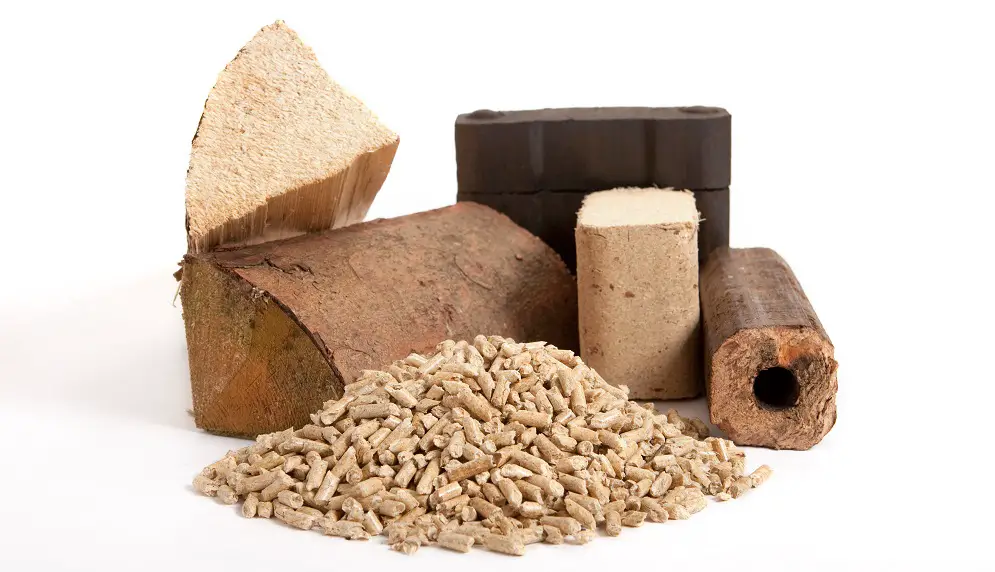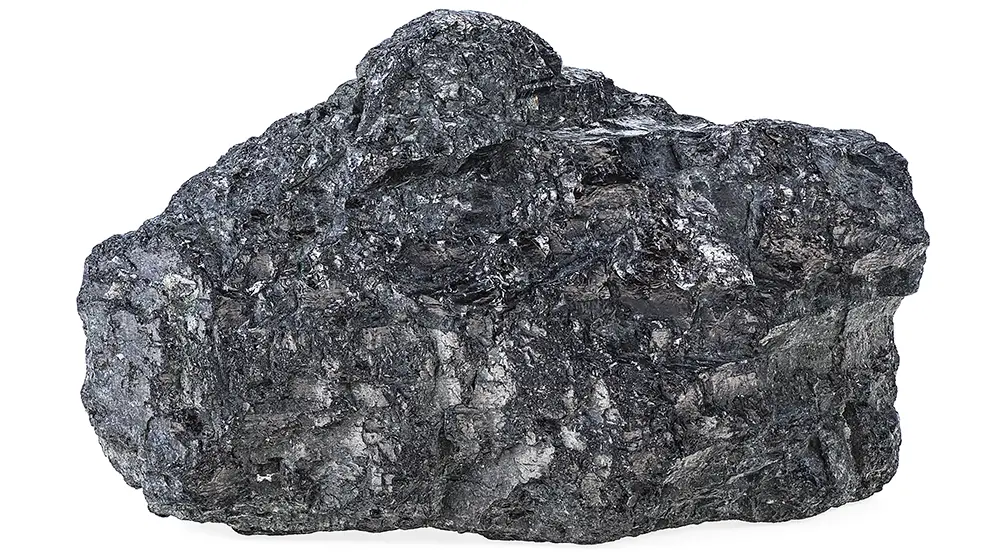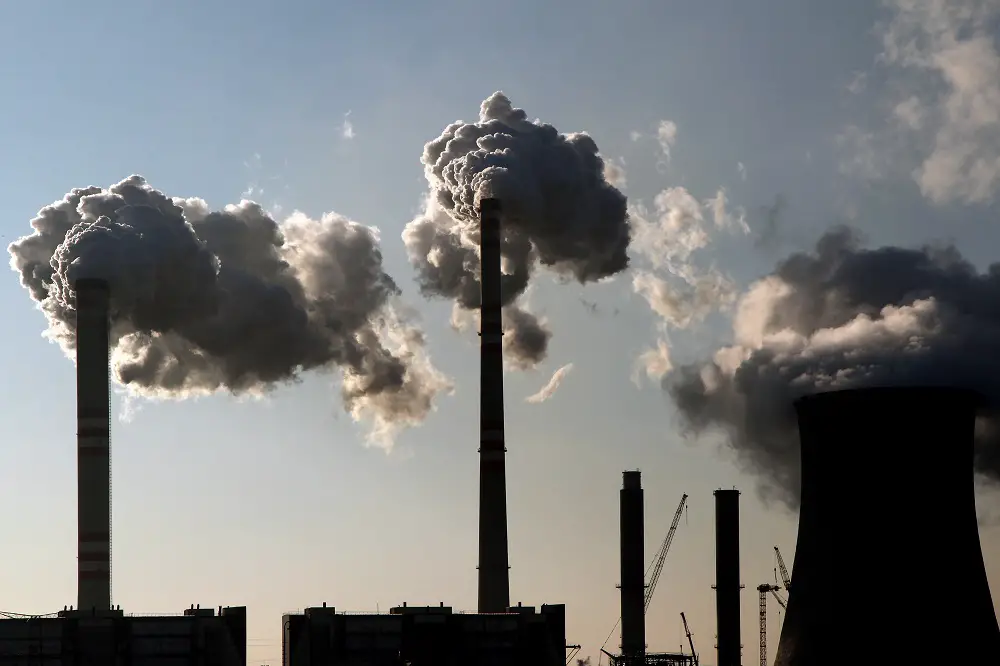Coal is a combustible organic rock that, when burnt, accounts for over 30% of the world's energy needs.
It is mined from underground deposits that have lain dormant since as early as 360BC before being used for multiple applications (not solely electricity generation).
Coal is a fossil fuel that is not sustainable; the supply is finite and will eventually run out. Although it is predicted that this won't happen for at least 300-years.
What are Fossil Fuels?

Crude oil, gas, and coal are fossil fuels; the former two were formed from dead marine organisms.
Coal takes millions of years to form from dead trees and other plant materials.
They are finite, non-renewable resources – humans are using them up faster than they can be replaced.
Coal is sometimes found on the surface, although the coal mined from deep below ground has been there for the longest time is always the best quality.
The on-site temperature and air pressure are also factors to consider.
Read More: The Pros and Cons of Fossil Fuels
The Advantages of Coal

Coal is the Cheapest of All Fossil Fuels
Opencast coal mines mean miners rarely have to go too far underground; machinery does the majority of the hard work; extraction is relatively easy.
Coal is safe to transport and requires no specialized storage or transfer equipment, just some of the things that increase other types of power costs.
If stored in cool, dry conditions, coal lasts indefinitely.
Electricity produced from coal costs around $0.08 per kilowatt-hour. Compare this to a wood-burning stove, or heat provided by oil or gas, and coal is by far the most affordable.
To illustrate: For a typical family of four, the cost of one month's gas heating could buy 4-tons of coal.
Coal is the Number One Energy Source
Coal accounts for 30% of the world's energy supply, and it generates 40% of global electricity.
There is thought to be enough coal in US reserves to last for almost 200-years.
Worldwide there is believed to be 1-trillion metric tons of coal in reserves, enough to last for at least 300-years. This figure is approximately 3 times greater than the length of time before oil and natural gas supplies decline.
The largest producers are China, the USA, Russia, India, and Japan, with the former three responsible for 75% of worldwide consumption.
Coal Mining is a Big Business
There are 52 working coal mines in the US, 600-coal generating facilities, and 1100 manufacturing facilities; Between them, they employ 130,000 people.
A further 7,800 power plant units across the globe rely on coal power. Coal power and its related industries are responsible for the employment of large swathes of many communities.
Coal Has More Uses Than Just for Energy
Refined coal tar is used to manufacture chemicals such as phenol and naphthalene.
- Phenol – Found in low-concentrations in household cleaners and mouth wash. It is used as an effective treatment for stubborn ingrown finger and toenails. Some antiseptics and aspirin contain phenol.
- Naphthalene – Used for plastics, dyes, resin, and fuels but most commonly recognized as a fumigant insecticide.
Activated carbon is a component of coal that is used in filtration systems for air purifiers, water filters, and kidney dialysis machines, amongst many other things.
Production Isn't Governed by the Weather
Sustainable energy, solar, hydropower and wind turbines are all reliant on a particular set of climate conditions for optimum power output.
Coal has no-such boundaries. Mining continues through almost all eventualities, only stopping when the site becomes inoperable or dangerous.
This ensures high levels of uninterrupted production all year-round.
Coal Reduces Reliance on Foreign Oil Imports
The US wants and is working towards energy independence. The goal being to stop being reliant on oil sourced from countries with political issues.
Increased coal use is a step in the right direction; The US is on track to cut foreign oil imports by a third by 2025.
Coal is Cleaner Than You Think
Old-style coal-fired power plants emitted a high-level of pollutants into the air. Modern facilities ensure 90% less waste enters the atmosphere.
As coal combusts, clean coal technologies and recycling options combine to eliminate the pollution, or better still, use it for positive effect in some way or other.
Coal energy is 70% cleaner today than it was in the 1970s.
The Disadvantages of Coal

Damaging Effects on the Environment
Coal combustion produces harmful waste including carbon dioxide, nitrogen oxides, sulphuric acids, and arsenic.
High volumes of CO² combine with particulates in the air thereby increasing the reflective power of the sun's rays. Instead of dissipating, they retain warmth, contributing to global warming.
Up to 65% of the CO² in the atmosphere is from coal emissions. They contribute to greenhouse gases, pollution, and climate change.
Although new power plants emit 40% less CO², much irreparable damage has already occurred.
Mining Has Adverse Environmental Impact
Mining involves disruption of the environment including damage to wildlife, habitats, groundwater, and the landscape.
The location of coal mines is usually consistent with areas of natural beauty, forests, and woodlands. Entire ecosystems fail when mining work begins.
The Transport of Infrastructure
Coal is a high-volume product that requires massive transport networks to carry it across the country. Each vehicle is responsible for polluting the environment with its emissions.
Coal Miner's Health
Even wearing protective equipment can't always prevent some of the illnesses that affect miners.
Coal worker's pneumoconiosis is the most notorious of these; Black lung disease, as it is most commonly known, occurs when coal dust settles on miner's lungs after prolonged exposure.
Other diseases that are prevalent amongst miners are:
- Lung cancer
- Respiratory disease
- Congestive heart failure
- Nervous system damage (due to high mercury levels)
The wind carries dust particles to communities near localities of mines, sadly affecting non-mine workers with similar life-threatening or limiting consequences.
Waste Levels
Coal-fired power plants are guilty of producing frightening amounts of waste, 1.2-million tons on average, each year.
Although 40% of it is recycled, the remaining 80-million short tons of waste goes to a landfill site or a containment pond – annually.
Noise Pollution
By design, the machinery used in the mining process is large, loud, and disruptive.
The noise causes issues not only for the mineworkers but other employees and residents in the locality.
Final Thoughts
Coal power is the foundation of our infrastructure; surface coal has been used for heat for centuries. By the 1600s, we began to understand the combustible nature of coal and the energy it produces.
The advantages and disadvantages of coal prove that we have made massive technological advances when it comes to this abundant and affordable resource.
However, there is still a long way to go to minimize, if not eradicate the damaging effects coal causes to our environment and inhabitants.

